The Camino Portugués, otherwise known as the Portuguese Way, is the second most popular Camino de Santiago route to the Camino Francés. More rural, and arguably more picturesque than the French Way, the Camino Portugués is a great option for those seeking scenery without the strenuity of technical summit ascents. With two pilgrimage routes to choose from, this adventure caters to the needs and wants of all sorts of trekkers. Whether you are seeking a historical inland adventure or an exciting coastal trek—the Camino Portugués delivers.
Walked by thousands of intrepid pilgrims each year, this revered journey travels through ever-changing landscapes and exhibits the beauty and diversity of the topographies-from Portuguese fishing villages, lush vineyards, charming hamlets, and the prolific Galician countryside. Travelling over 161.6mi, both the Camino Portugués Central and The Camino Portugués Coastal provide ample time for pilgrims to disengage from the stressors of the real world and reconnect with themselves. Whichever route you choose, arriving at Santiago de Compostela at the end will undoubtedly provoke a strong sense of fulfillment and satisfaction.
Camino Portugués Itinerary
There is no question as to why the Portuguese Way routes have become some of the most popular pilgrimages—boasting breathtaking scenery, memorable cultural experiences, and let’s not forget amazing wine, these treks check all the boxes! Offering some of the best hospitality, food, pilgrim infrastructure, and panoramas, there is really no comparison. The only tough decision you will have to make when planning your pilgrimage along the Camino Portugués is determining which passage to venture—be it the inland or coastal trail, so let us help!
Organizing a pilgrimage, notably an extensive one like the Camino Portugués, can be a daunting task, we get it! Refer to our Camino de Santiago packing list and our extensive guide to the Camino de Santiago to put your mind at ease! Though overwhelming, the spiritual and physical journey you are about to embark on warrants some time and consideration. If you would rather someone else handle the burden of planning instead, check out our Portuguese Way tour, or Camino Portugués in luxury tour—and let us manage the headache-inducing task. No matter the pilgrimage route or tour you choose, the adventure will be life-changing.
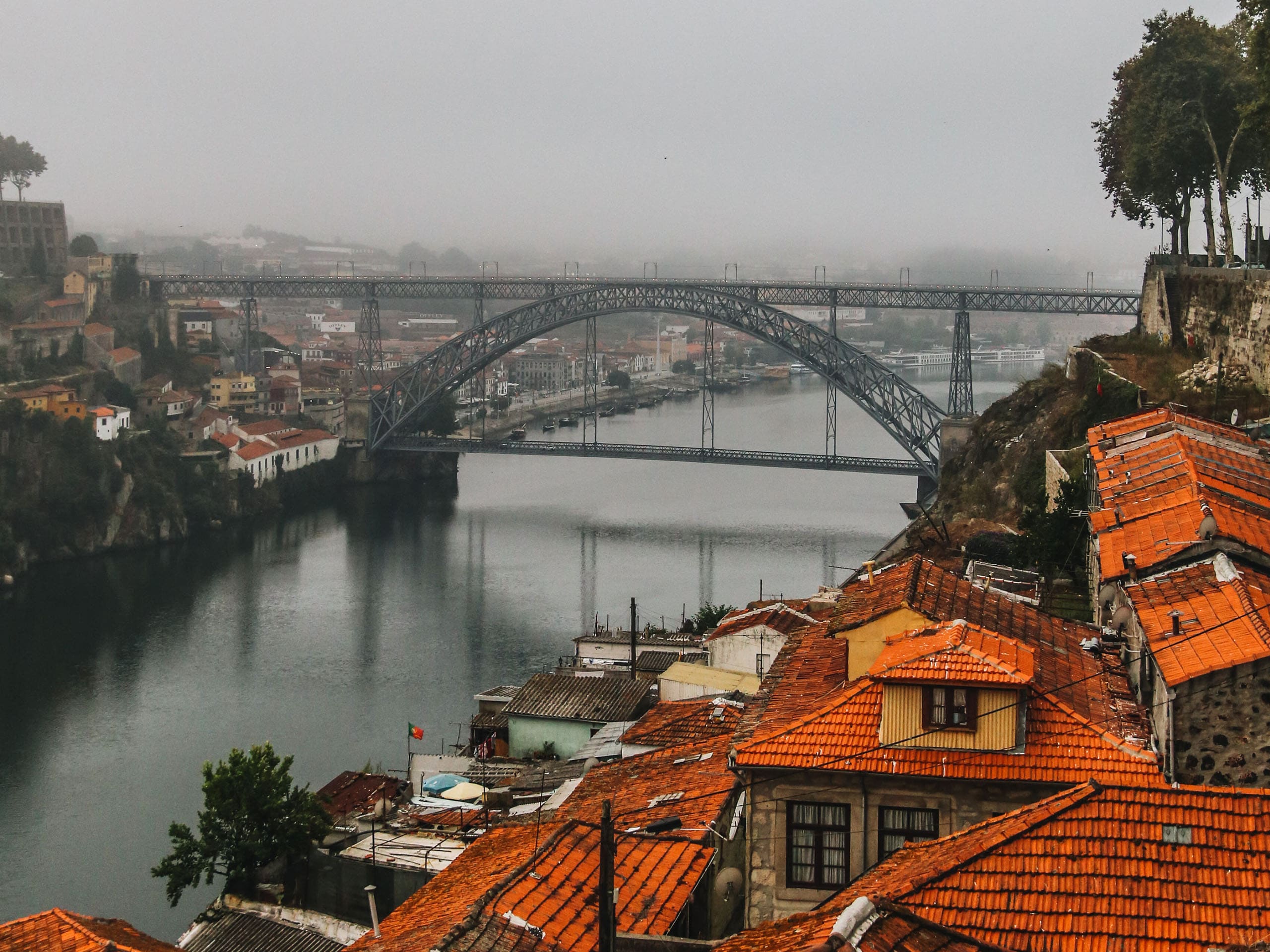
Camino Portugués Central (149.1mi)
Though some intrepid adventurers choose to depart from Lisbon, most begin their journey from Porto, Portugal. Both exhibiting postcard-worthy scenery, it can be hard to choose which route to venture. The Central Portuguese Way travels through beautiful interior Portugal, passing through olive groves, enchanting hamlets, and the luxuriant countryside. This route is the more popular of the two, with more pilgrim infrastructure along the way.
Day 1: Arrival in Porto
Porto is the second-largest city in Portugal. Arrive by plane, train, or automobile and settle into your albergue before heading out to explore the city. Make sure to grab a glass of Port wine to celebrate your adventure!
Accommodations: Albergue de Peregrinos do Porto
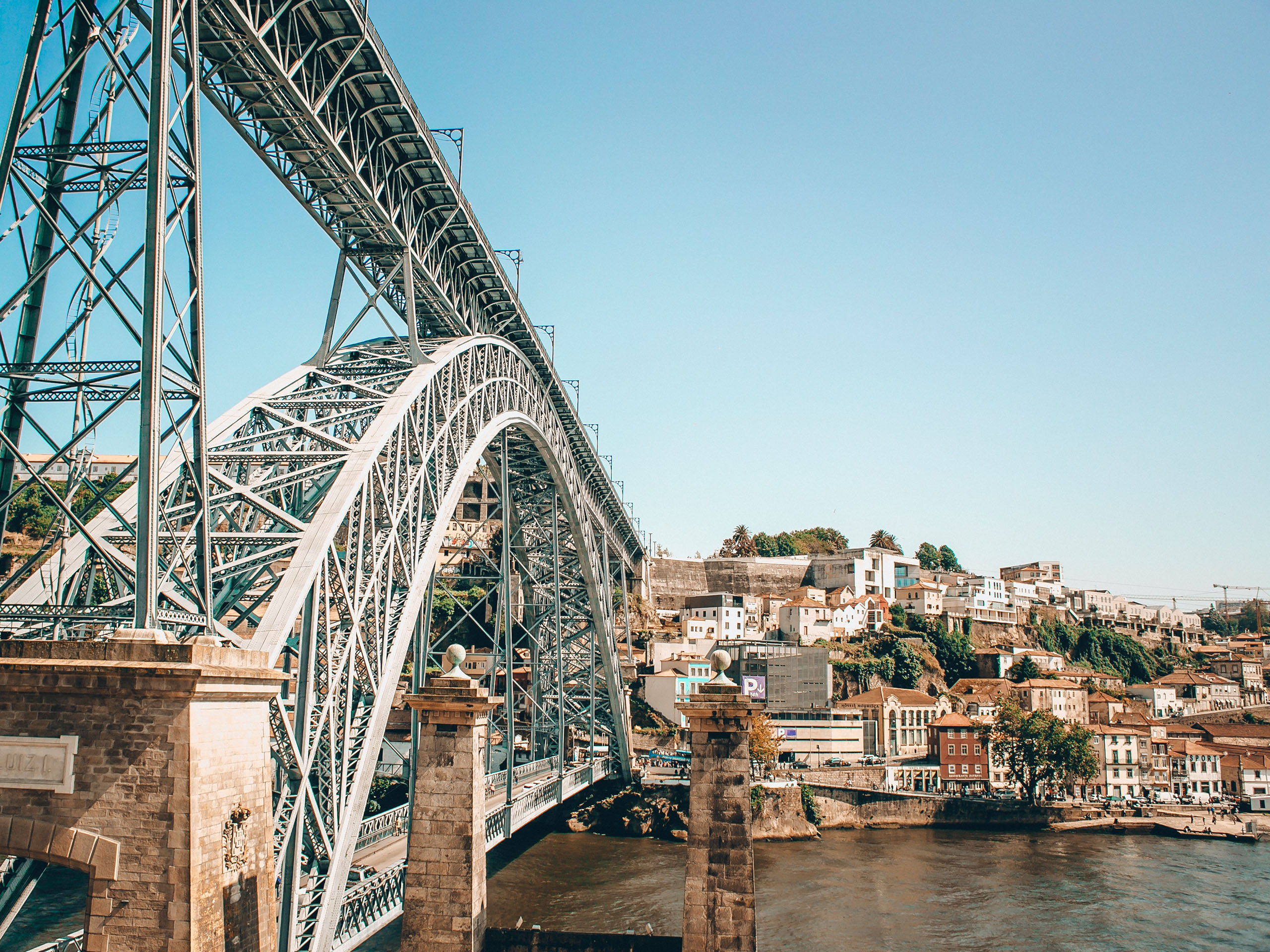
Day 2: Porto to Vilarinho
Today marks your first day of walking. Departing from Romanesque Porto Cathedral you will begin to travel further inland, passing urban and industrial areas before entering the countryside.
Distance: 16.8mi
Accommodations: Albergue Casa da Laura
Day 3: Vilarinho to Barcelos
A welcome change from yesterday, today you will be wandering through the more rural and prolific countryside. Travelling through several charming villages, you will end your day in the interesting town of Barcelos.
Distance: 16.8mi
Accommodations: Albergue Cidade de Barcelos
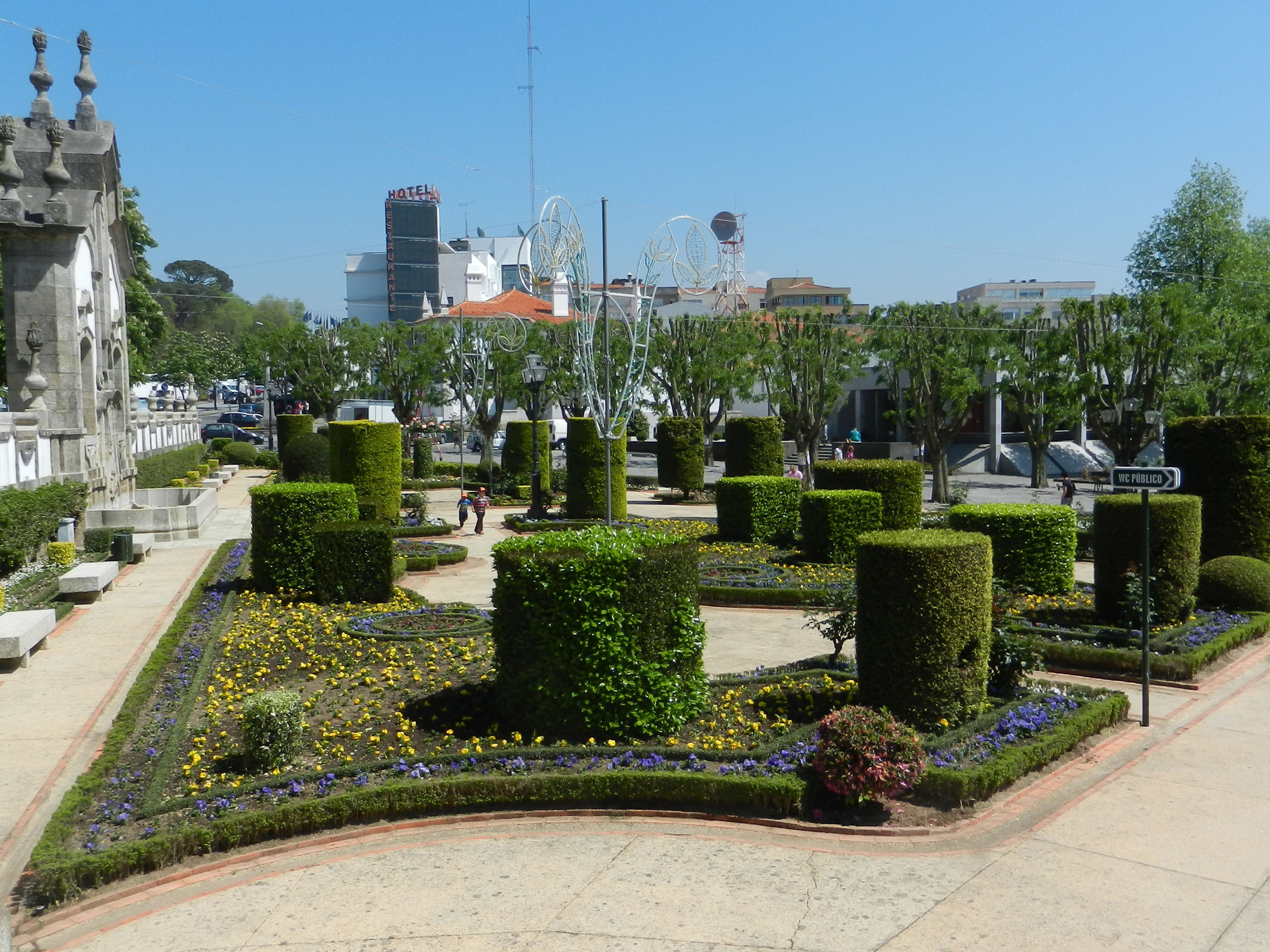
Day 4: Barcelos to Ponte de Lima
Today is a long day, so hopefully you got some rest! This undulating path will guide you up and down slopes through luxuriant meadowlands before delivering pilgrims to Ponte de Lima. Make sure you grab a glass of the famous vinho Verde to end the day.
Distance: 21.7mi
Accommodations: Albergue de Peregrinos de Ponte de Lima
Day 5: Ponte de Lima to Rubiães
Day 5 demands some stamina as you ascend the peak of Alto da Portela Grande de Labruja which boasts awe-inspiring views of the luxuriant countryside.
Distance: 21.7mi
Accommodations: Albergue de Peregrinos de Rubiães
Day 6: Rubiães to Tui
Day 6 is an exciting day! Traveling from Rubiães to Tui, pilgrims will meander through more urban settings before crossing the border into Galicia, Spain! Make sure to explore the medieval village of Tui before resting your head for the night!
Distance: 11.8mi
Accommodations: Albergue de Peregrinos de Tui
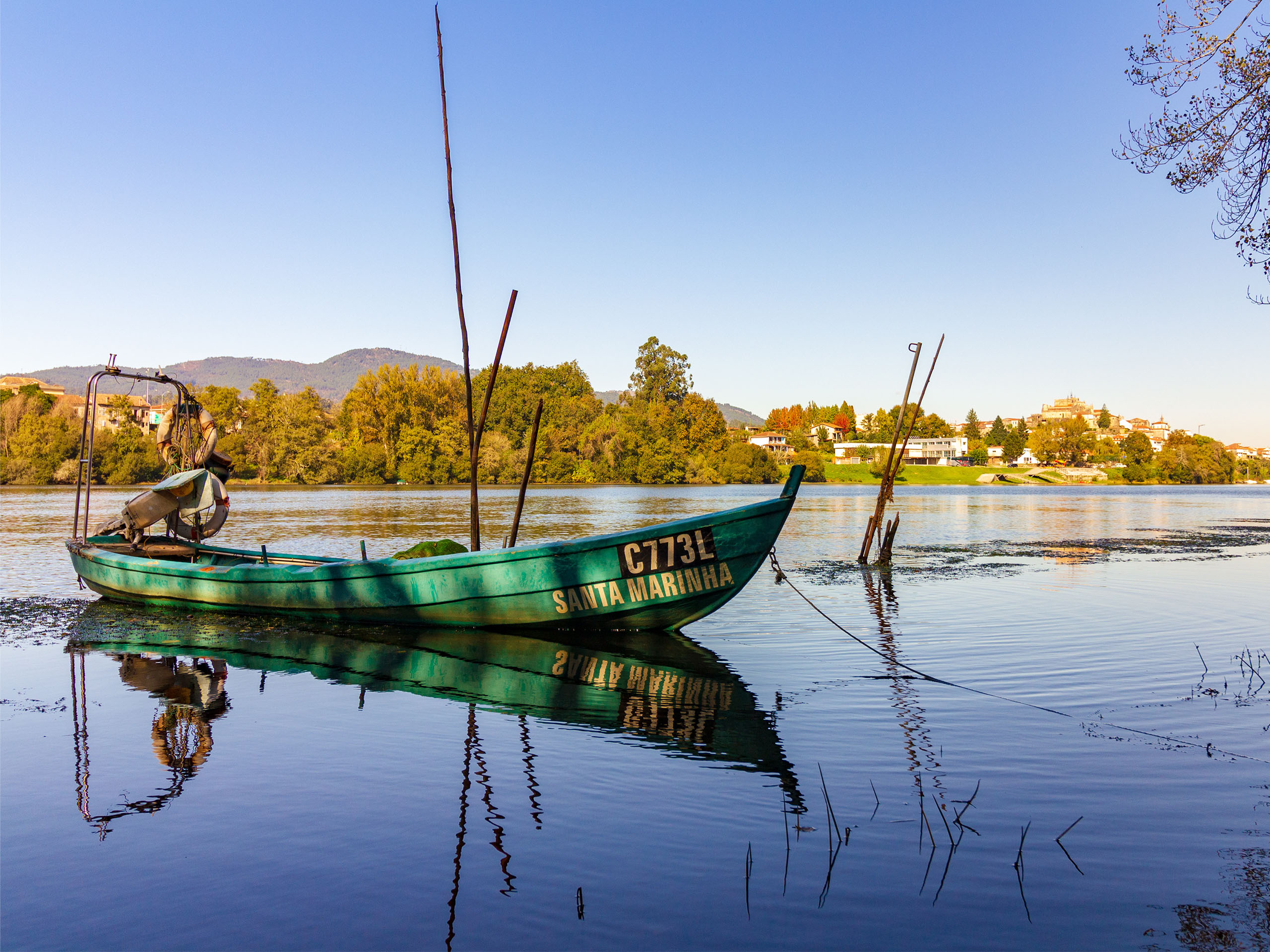
Day 7: Tui to Redondela
Hiking over 18.6mi, today is a long trek which can be broken into two days by stopping over in O Porriño. You will likely be joined by several more pilgrims hopping on to satisfy the last 62.1mi benchmark.
Distance: 19.9mi
Accommodations: Albergue de Peregrinos Casa da Torre
Day 8: Redondela to Pontevedra
Redondela marks the convergence spot for those also trekking the Camino Portugués Coastal route, so you will be in the company of even more like-minded adventurers making their way to Santiago de Compostela. When you arrive in Pontevedra be sure to explore the La Peregrina Church, a stunning chapel in the city center.
Distance: 12.4mi
Accommodations: Albergue de Peregrinos Virgen Peregrina
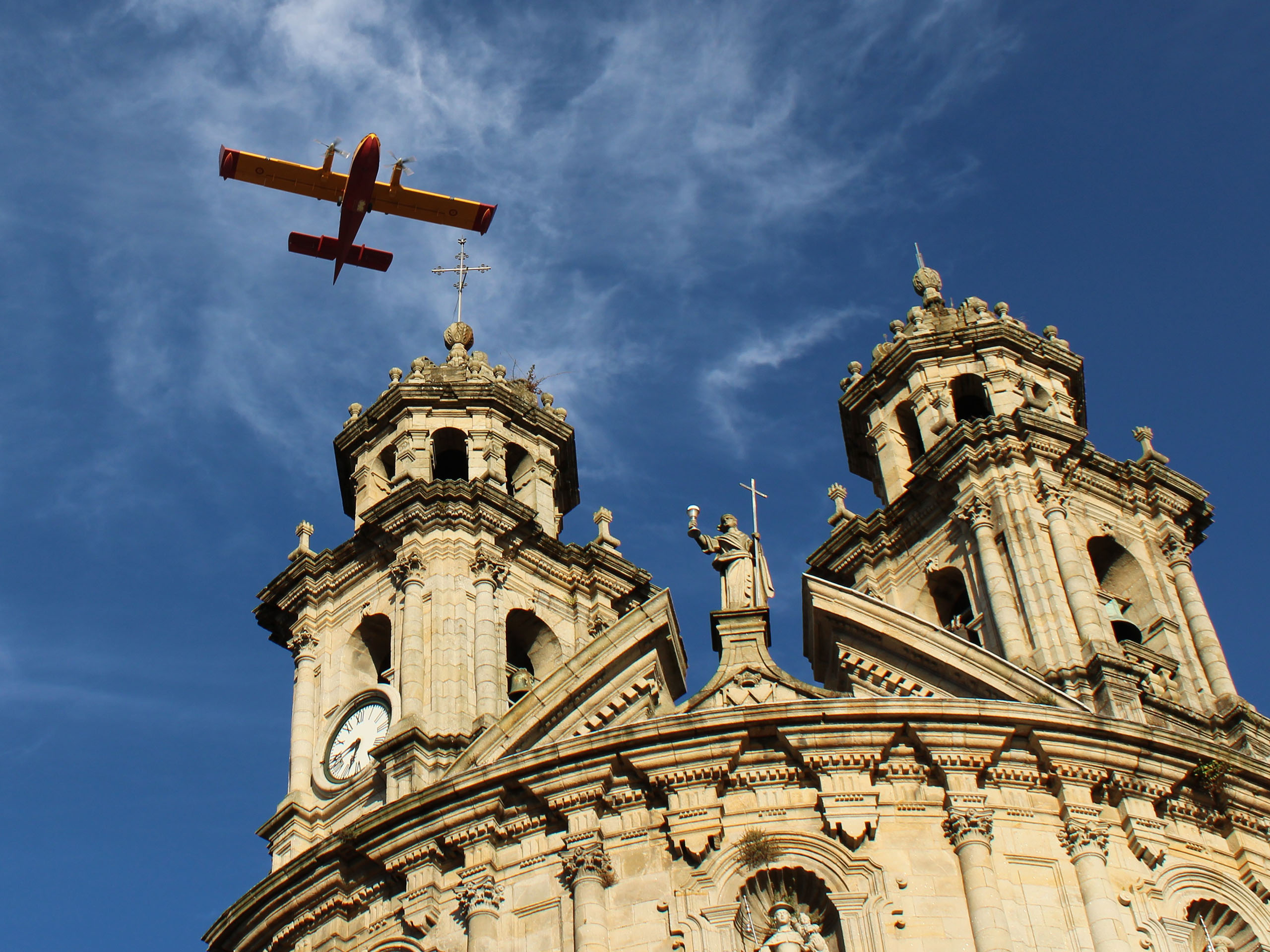
Day 9: Pontevedra to Caldas de Reis
Enjoy the level terrain as you hike through the countryside by way of asphalt and dirt roads. End your day by soaking your sore muscles in Caldas de Reis’ thermal springs. Pamper yourself with a glass of vino before retiring to your bunks.
Distance: 13.0mi
Accommodations: Albergue de Caldas de Reis
Day 10: Caldas de Reis to Padrón
Travelling through the lush Galician topography, you will end Day 10 in the culturally rich city of Padrón. Explore the city which claims to fame as the birthplace of the famous author, Rosalía de Castro.
Distance: 11.8mi
Accommodations: Albergue de Peregrinos de Padrón
Day 11: Padrón to Santiago de Compostela
Today is your last day of trekking. This section will guide pilgrims through Galicia’s prolific countryside and olive groves before entering the UNESCO-listed old town of Santiago de Compostela. Don’t forget to pick up your official Compostela!
Distance: 14.9mi
Accommodations: Albergue Parroquial Fin del Camino
Day 12: Departure from Santiago de Compostela
Today is the day to kick back and relax. Connect with fellow pilgrims who completed other routes over a well-deserved glass of vino. Wander through the charming medieval city before heading back to your home base, wherever that may be!

Camino Portugués Costal (167.8mi)
The Coastal Portuguese Way is exactly as the name suggests. Wander along the coastline of the Atlantic Ocean, through fishing villages, over beaches, and through eucalyptus fields, this trek offers a diverse range of topographies. The Camino Portugués Coastal reconnects with the Camino Portugués Central in Redondela which is where this itinerary ends. To finish off the pilgrimage to Santiago de Compostela, refer to Day 8 above! If you don’t want to handle the burden of organizing your pilgrimage, check out our Portuguese Way Coastal tour.
Day 1: Arrival in Porto
Today you will arrive in Porto. Check-in to your albergue and head out into the city to explore the UNESCO-listed city of Porto and Luiz I Bridge. Don’t forget to grab a glass of vino!
Accommodations: Albergue de Peregrinos do Porto
Day 2: Porto to Labruge
Begin your spiritual journey to Santiago de Compostela today! From Porto you will be guided along the coastline of the Atlantic Ocean and the banks of the Douro River.
Distance: 15.5mi
Accommodations: Albergue de Peregrinos São Tiago de Labruge
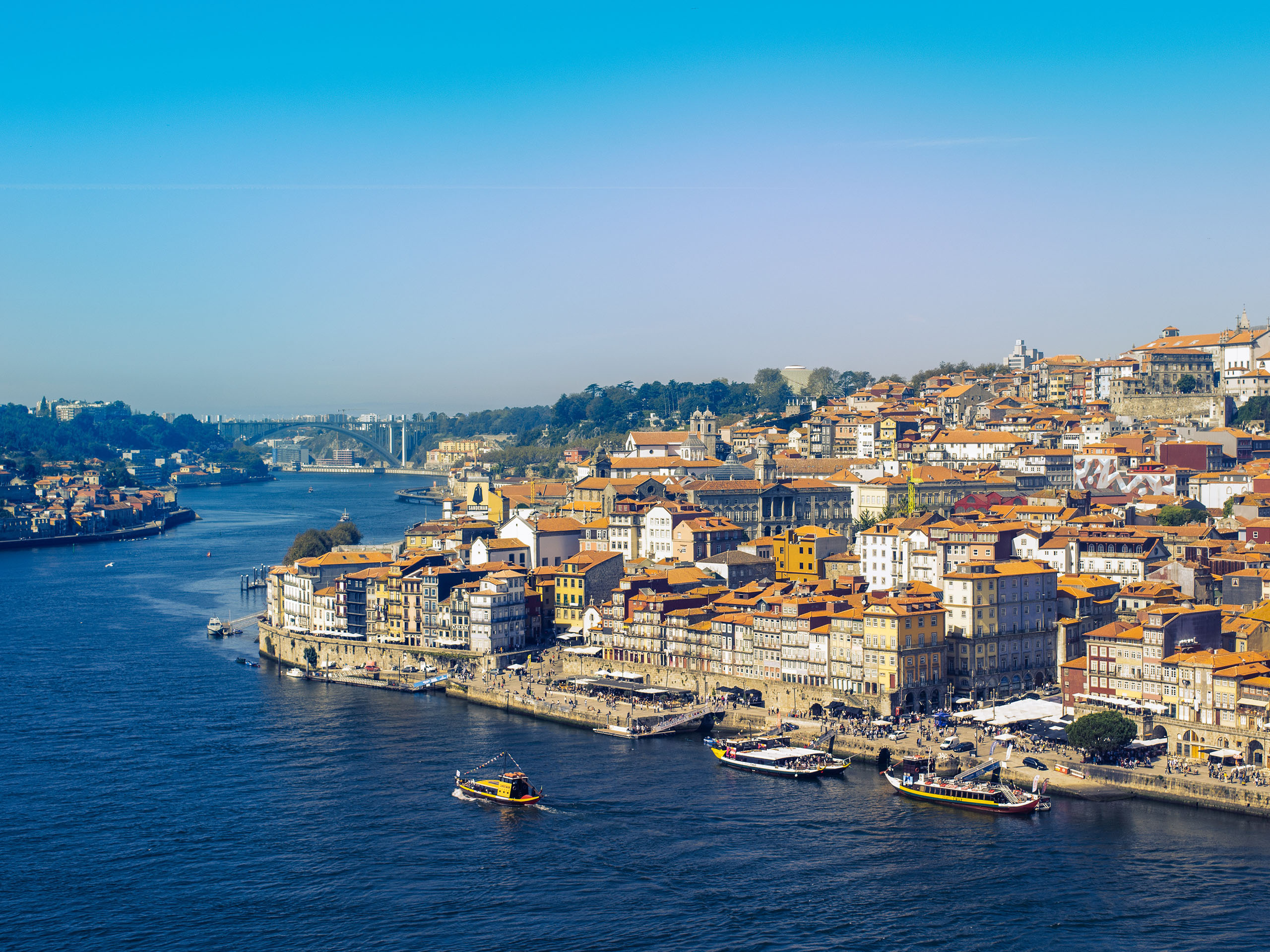
Day 3: Labruge to Póvoa de Varzim
Today boasts breathtaking vistas of the ocean. Wandering through dunes, over wooden walkways, and along sandy beaches, the stunning scenery warrants countless photo opportunities.
Distance: 8.7mi
Accommodations: Albergue de Peregrinos São José de Ribamar
Day 5: Póvoa de Varzim to Marinhas
Travelling through several charming coastal towns you will be rewarded yet again with epic Maritime panoramas. Pilgrims will have to cross over the Cávado River before reaching their endpoint in Marinhas.
Distance: 15.5mi
Accommodations: Albergue de Peregrinos de São Miguel
Day 6: Marinhas to Viana do Castelo
Day 6 warrants a more inland experience. Welcome the change of scenery as you travel through the countryside and down into the Neiva riverbed. After six days of trekking, you deserved to treat yourself! Grab a glass of port and indulge in some seafood.
Distance: 13.0mi
Accommodations: Albergue de Peregrinos São João da Cruz dos Caminhos
Day 7: Viana do Castelo to Caminha
Today is the last day of the pilgrimage through Portugal. Make sure to soak up all the charm and cultural experiences before entering Spain. Explore the Atlantic coastline and rejuvenate your tired body in the chilly ocean water.
Distance: 16.8mi
Accommodations: Albergue de Peregrinos de Caminha
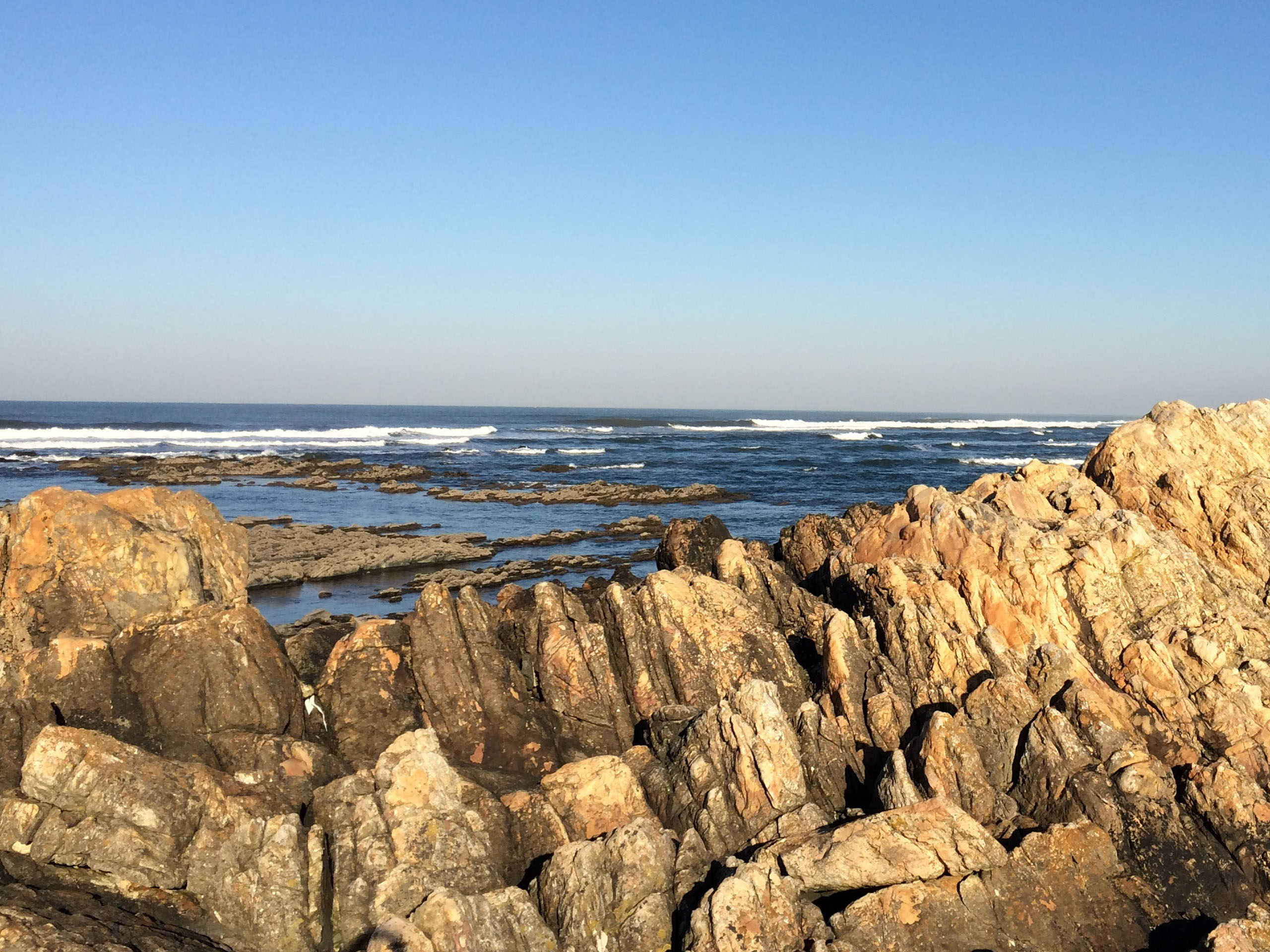
Day 8: Caminha to Porto Mougás
Begin your day crossing the border into Galicia, Spain. Passing A Guarda, pilgrims will be led along the rugged coastline and enchanting fishing hamlets before arriving in Porto Mougás.
Distance: 14.9mi
Accommodations: Albergue Aguncheiro
Day 9: Porto Mougás to A Ramallosa
Day 9 is another amazing adventure along the shoreline. Revel in the sights of mountains and a lighthouse before reaching Baiona—a magical town worth exploring. Follow the path to A Ramallosa where you will end your day.
Distance: 9.9mi
Accommodations: Albergue Hospedería Pazo Pías
Day 10: A Ramallosa to Vigo
With two route options to choose from, we will time and time again choose the coastline route. Hike over the A Ramallosa bridge before hugging the coastline to Vigo. Enjoy the last day of seaside promenades.
Distance: 13.0mi
Accommodations: Albergue de Peregrinos de Vigo
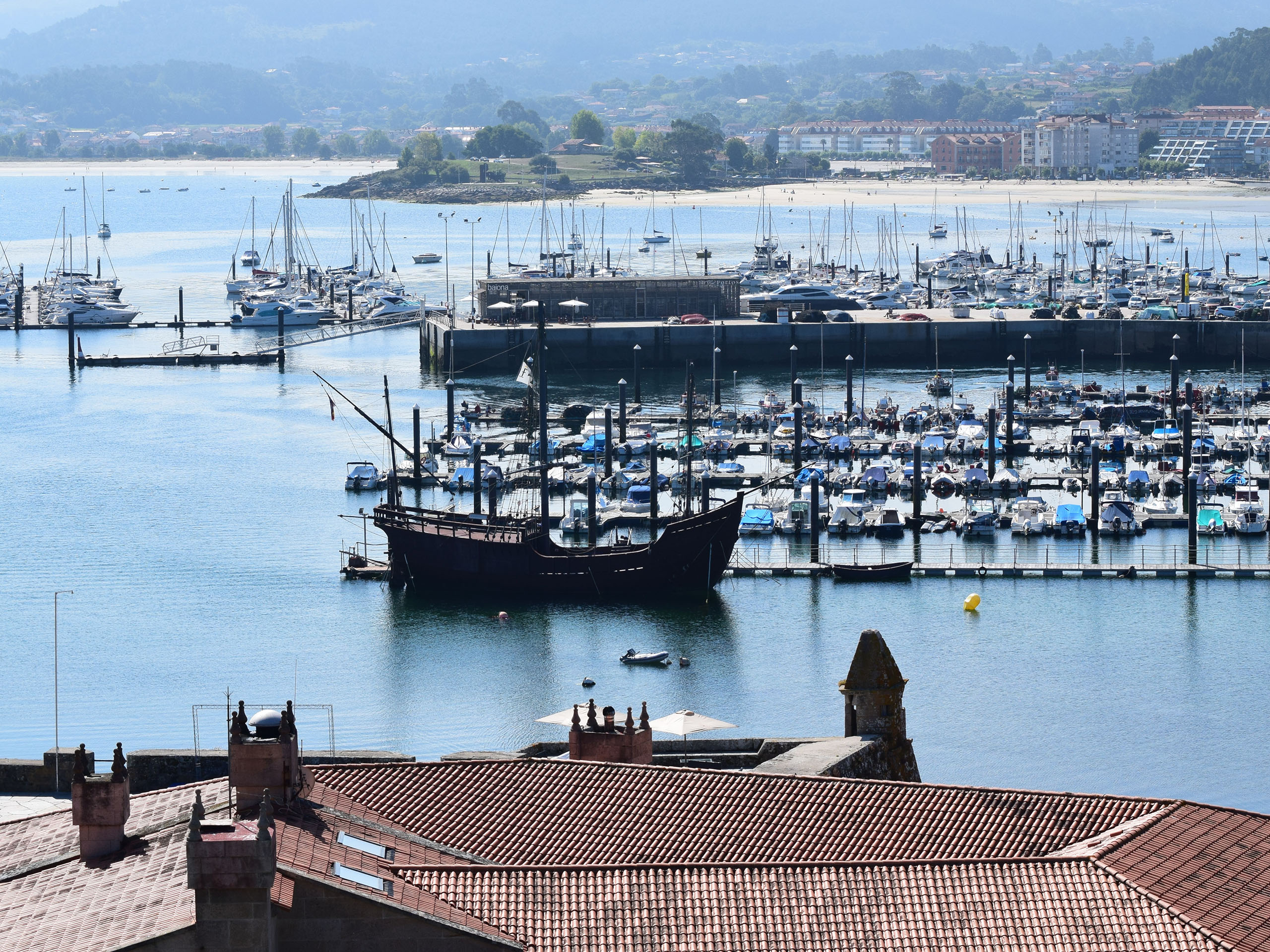
Day 11: Vigo to Redondela
Enjoy your last day of hiking in solitude, as tomorrow you will be joined by pilgrims who ventured the Camino Portugués Central. This walk boasts incredible maritime vistas as you make your way to Pedondela.
Distance: 9.9mi
Accommodations: Albergue de Peregrinos Casa da Torre
Day 12: Connect with the Camino Portugués Central
To get to Santiago de Compostela refer to the Portugués Central itinerary, day 8, and follow the schedule to ultimately arrive at the cathedral.
When to Walk the Camino Portugués
Offering two route options, the Portuguese Way exhibits diverse topographies and climates. Those who opt for the Camino Portugués Coastal will experience Maritime weather, which means rainier and cooler conditions, even in the summer months. The Coastal Way is best ventured from May-September. Contrarily, the Camino Portugués Central can be unbearably warm in the summer months, so for this reason, this passage is best experienced in the shoulder season—April, May, June, and September. Eager to learn more about the pilgrimages’ seasonality? Check out our article, the best time to walk the Camino de Santiago for more information!
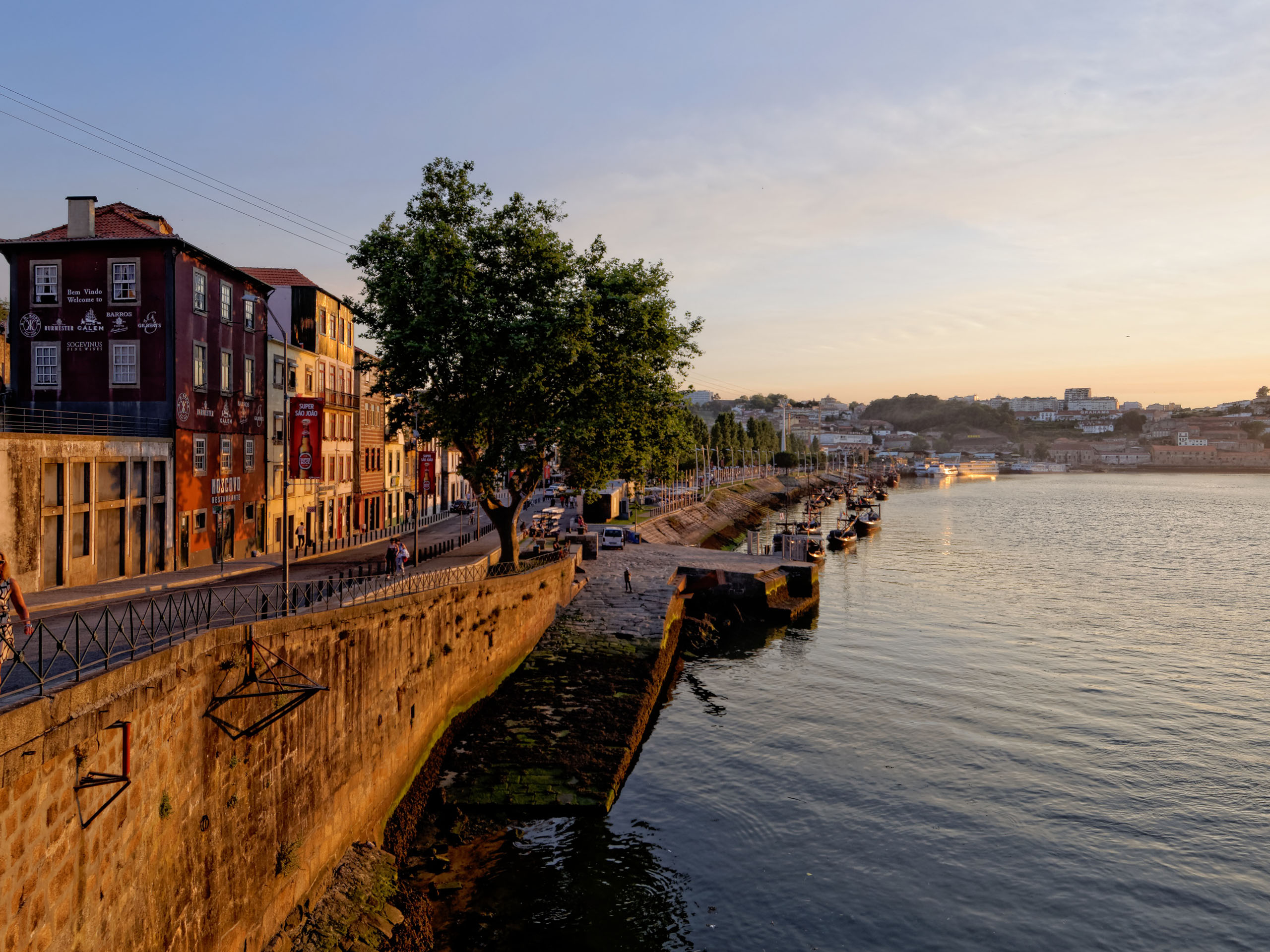
About the Camino Portugués
The Camino Portugués dates back to the XII century, following the independence of Portugal. What are now the pilgrimage routes, were once Roman roads many moons ago. Also used as trade routes for medieval commerce and production, the worn paths played an important role in consolidating the relationship between Galicia and Portugal.
It wasn’t until after the remains of St. James were discovered and King Alfonso II ordered the construction of the basilica in Santiago de Compostela that the routes were utilized by pilgrims. Christians from Portugal and southern Galicia would wander these trails to the cathedral to venerate the apostle.
Camino de Santiago Trip Planning Articles
- Discover the Camino de Santiago
- Camino Planning: Best time to Walk the Camino
- Camino Planning: How to prepare to Walk the Camino
- Camino Planning: What to pack for your Camino
- Route Guide for the Camino Frances
- Route Guide for the Camino Finisterre
- Route Guide for the Camino Primitivo
- Route Guide for the Camino Ingles
- Route Guide for the Camino del Norte
- Route Guide for the Camino Via de la Plata
- Route Guide for the Camino Invierno
- Interesting Camino de Santiago Facts

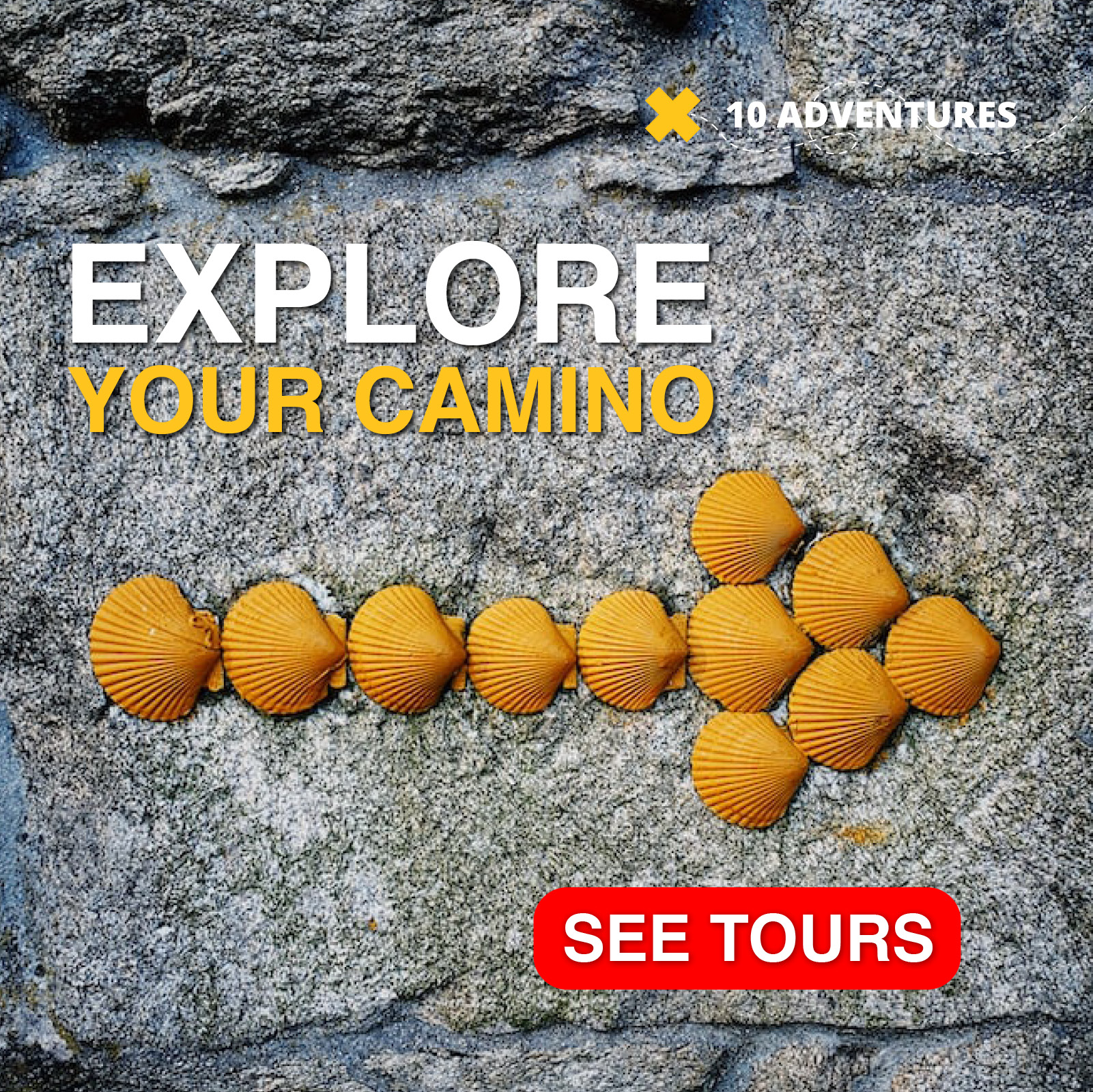
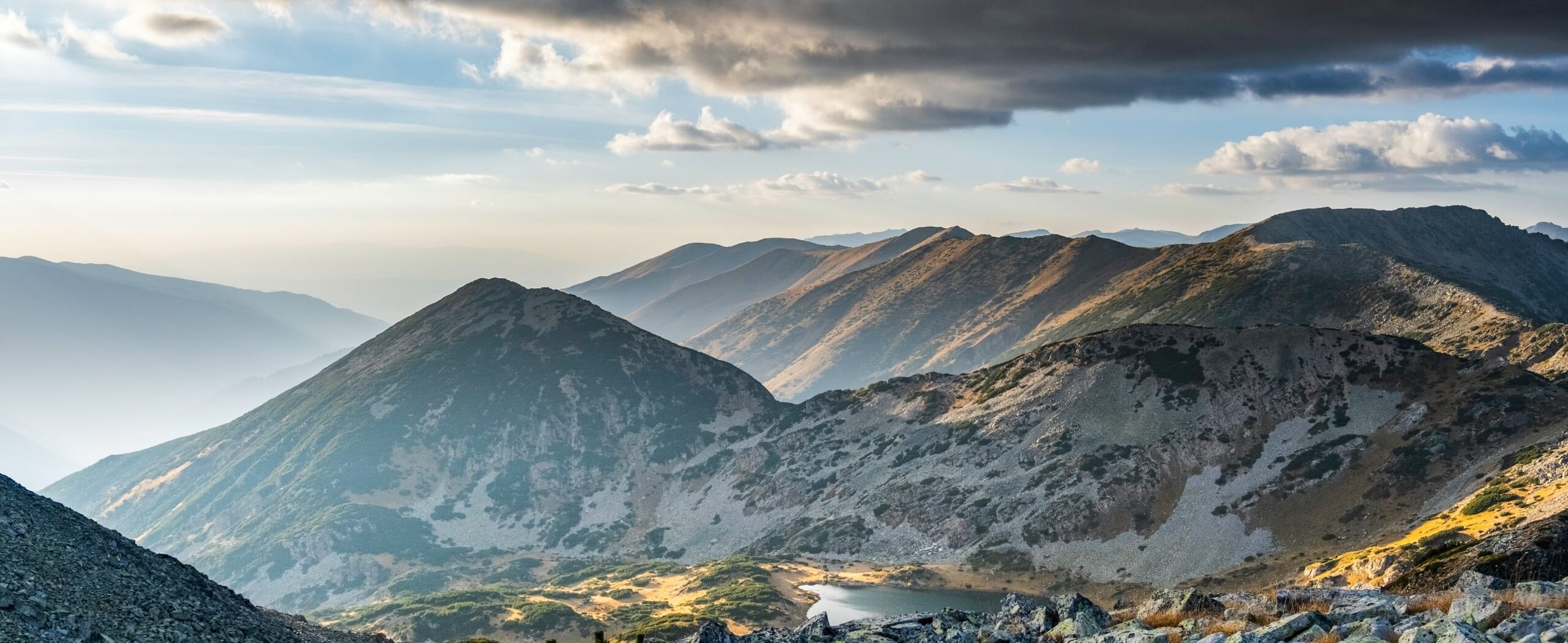


Comments